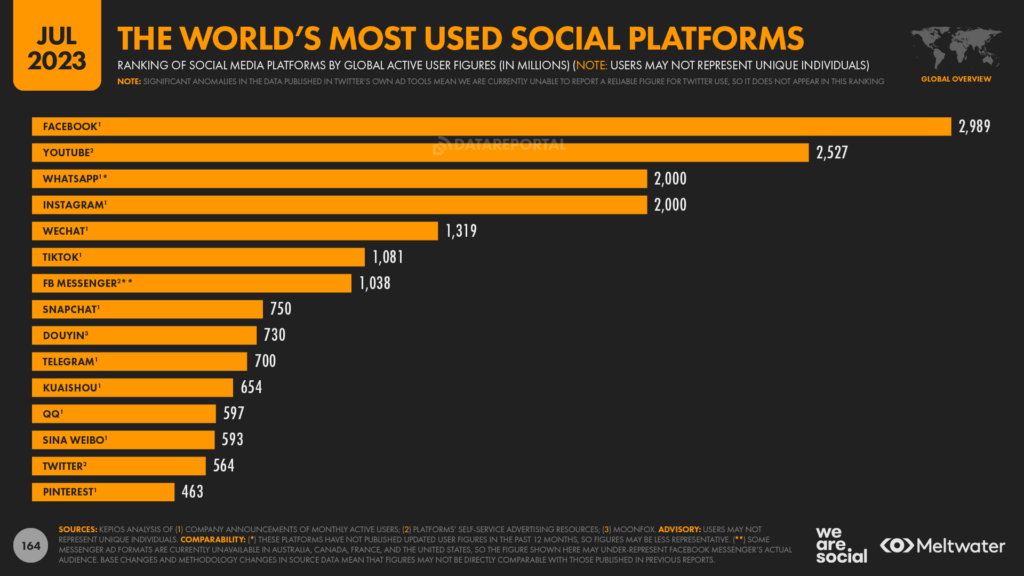The growth of digital media has highlighted the importance of public communication for individuals in positions of trust. When curating one’s social media, consider the pros and cons of engaging with the wider public.
Risks of interacting with the public:
Misinterpretation: Text or images can be misinterpreted out of context. A seemingly innocent statement can be misinterpreted, leading to a public backlash.
Loss of privacy: The line between personal and professional becomes blurred. Personal information may be scrutinized, resulting in a breach of privacy.
Vulnerable: Public figures become targets of criticism, hatred, and even threats.
Professional implications: Especially for educators, lawyers, and government officials, public statements can sometimes be seen as a reflection of their professional views or affiliations.
Benefits:
Build trust: By being approachable and transparent, individuals can build trust and credibility with their audience.
Direct communication: Bypass traditional media gatekeepers to ensure your message is not diluted and filtered.
Feedback loop: Interacting with your audience can provide valuable feedback that promotes personal and professional growth.
Role of education: Individuals, especially those in positions of power, can use these platforms to educate, inform, and influence important issues.
Social networking: Social media platforms provide opportunities to connect with peers, leaders, and influencers in a variety of fields.
Handling negative replies and comments:
Stay calm: Always respond to negative feedback with a calm attitude. Emotional reactions can escalate the situation.
Active Listening: Sometimes, people just want to be heard. Understanding their point of view is half the battle.
Embody personal values: Answer in a way that echoes your values. Authenticity is key. If kindness, understanding, and patience are your values, let them guide your response.
Admit mistakes: If you’re wrong, admit it. This not only demonstrates humility but also builds trust.
Avoid online arguments: Engaging in online arguments rarely yields beneficial results. It’s best to have some discussions offline or back out if they get too heated.
Consider privacy: If the conversation becomes too personal, or attacks your character rather than your ideas, consider talking privately or seeking mediation.
Limit exposure: If the negativity is overwhelming, use features like blocking or muting it. Mental health is the most important thing.
All in all, the digital environment presents both risks and opportunities. By understanding these dynamics and curating our online presence, we can make the most of our digital engagement, ensuring that they reflect our best selves and our core values.


Recent Comments